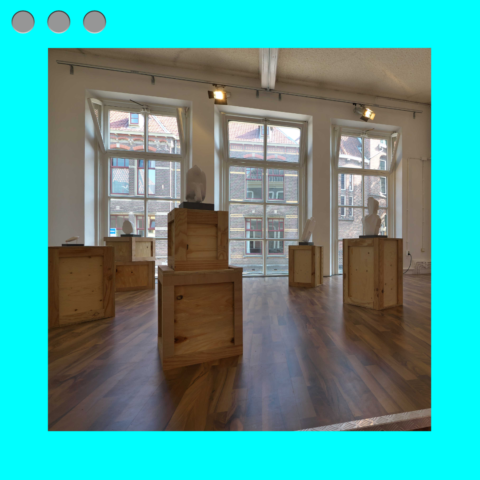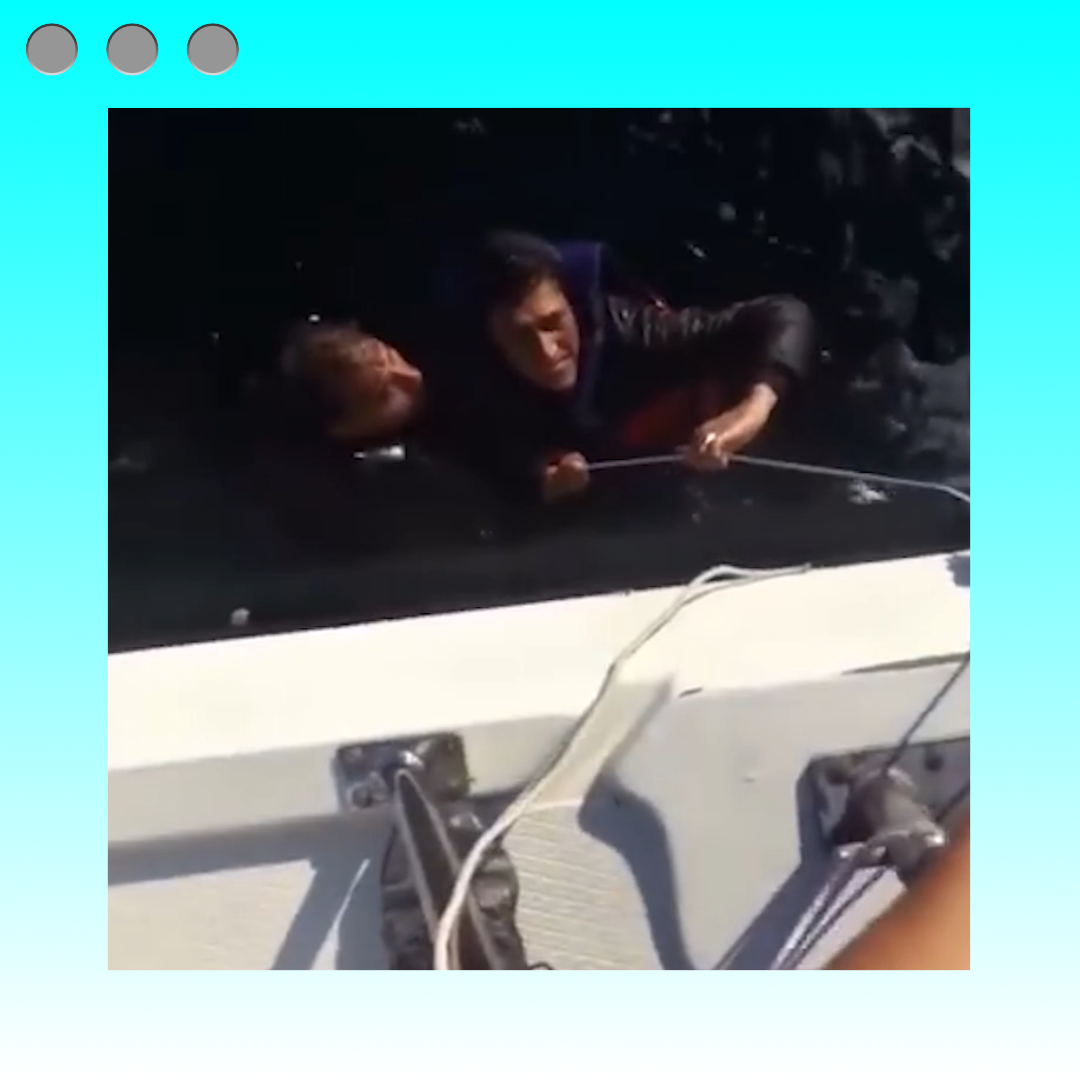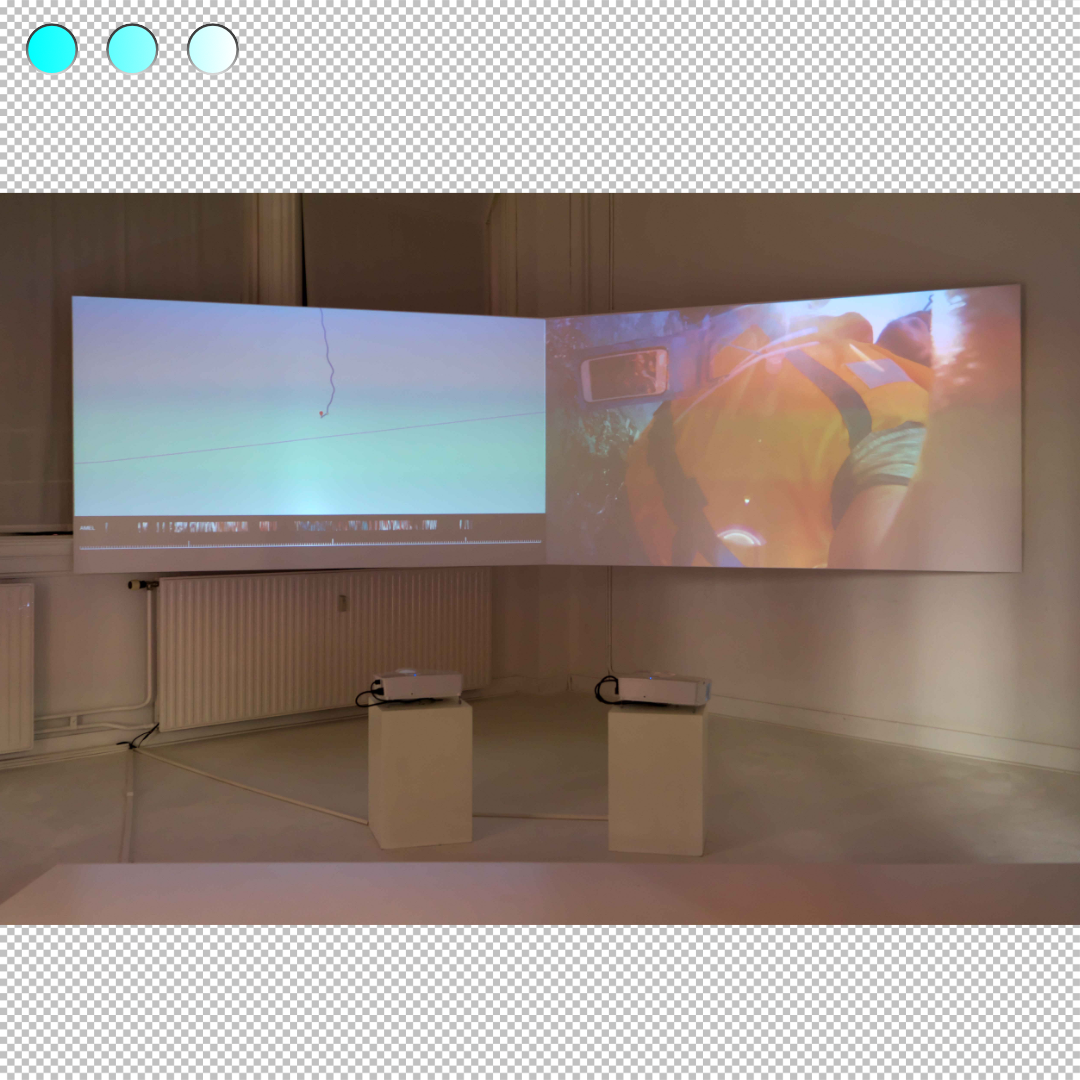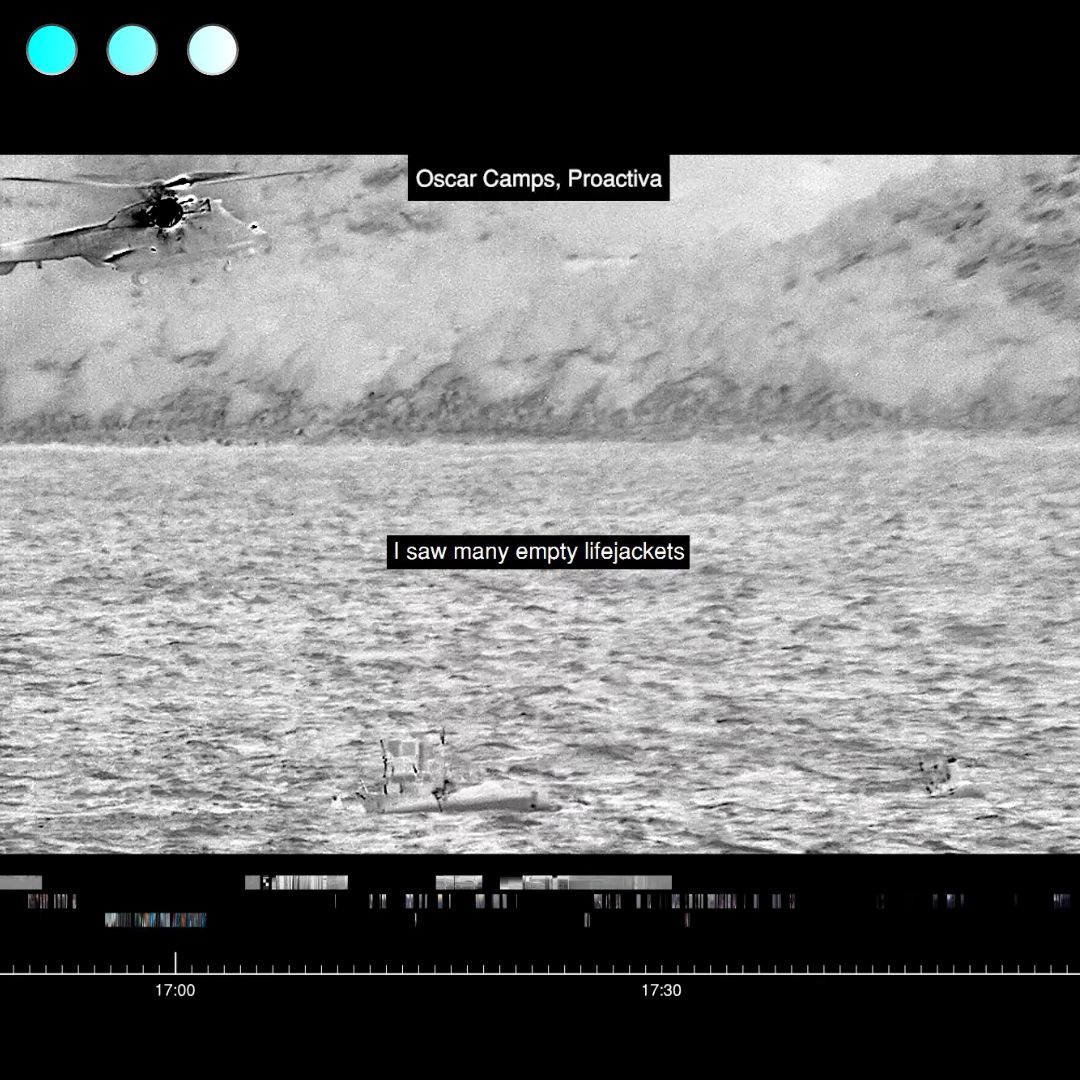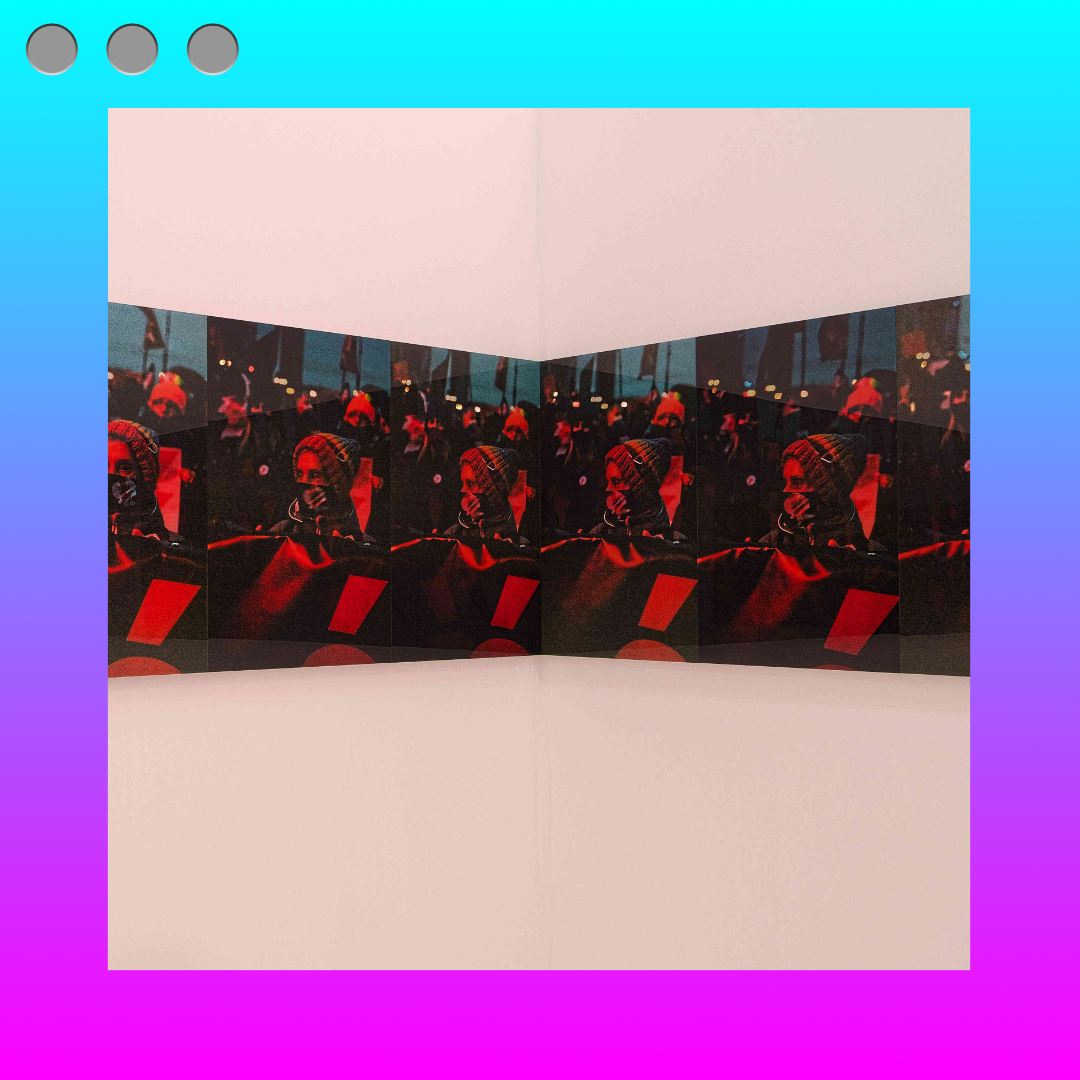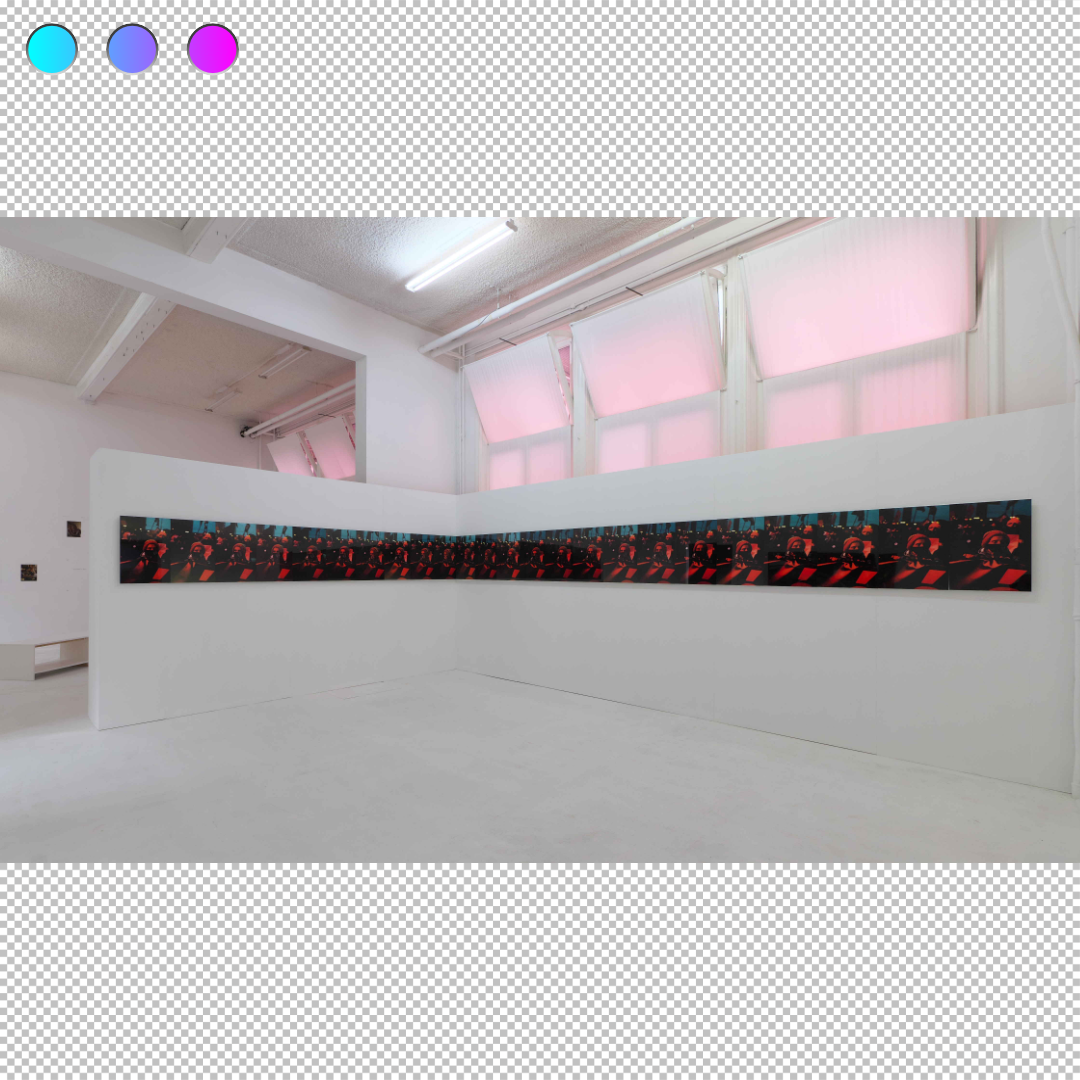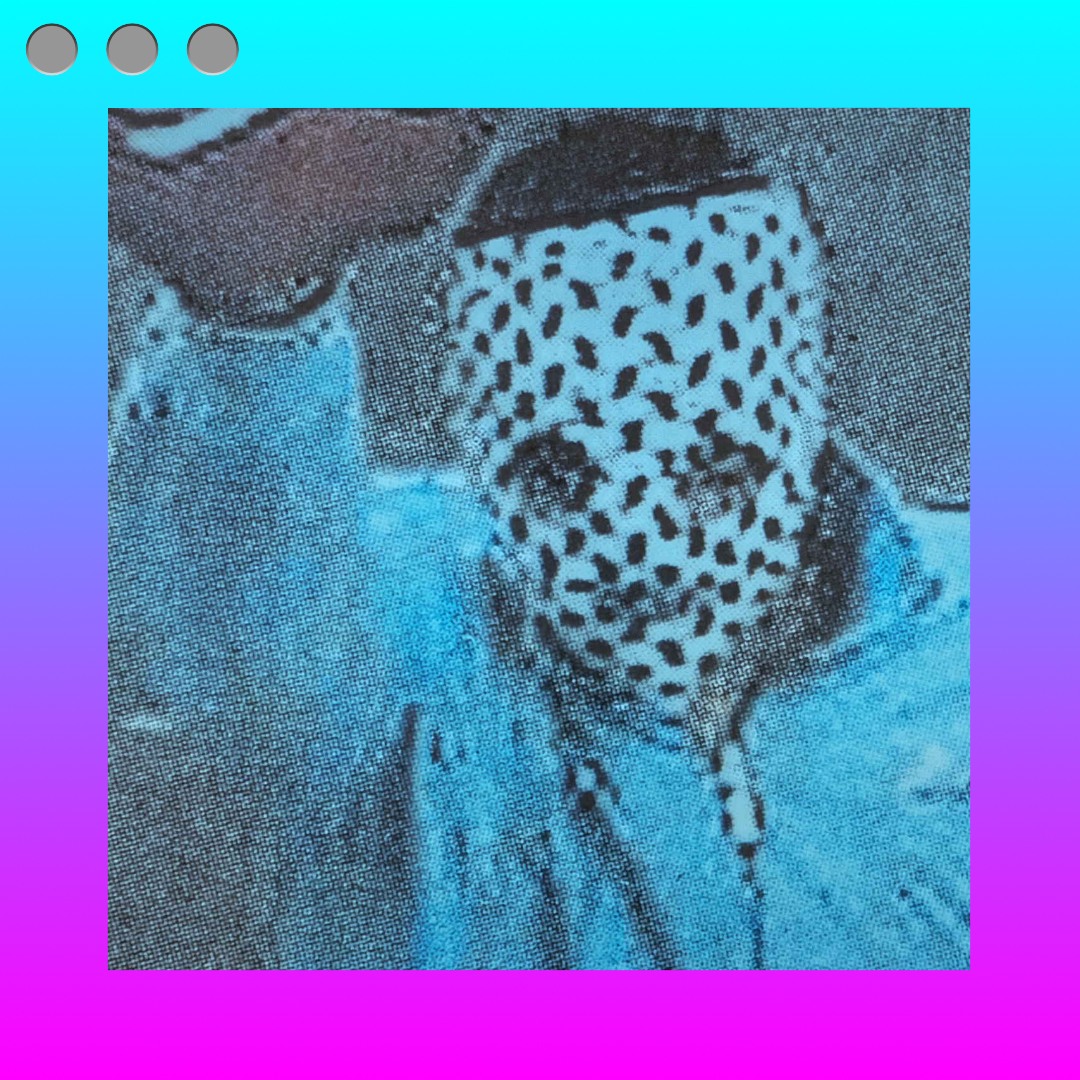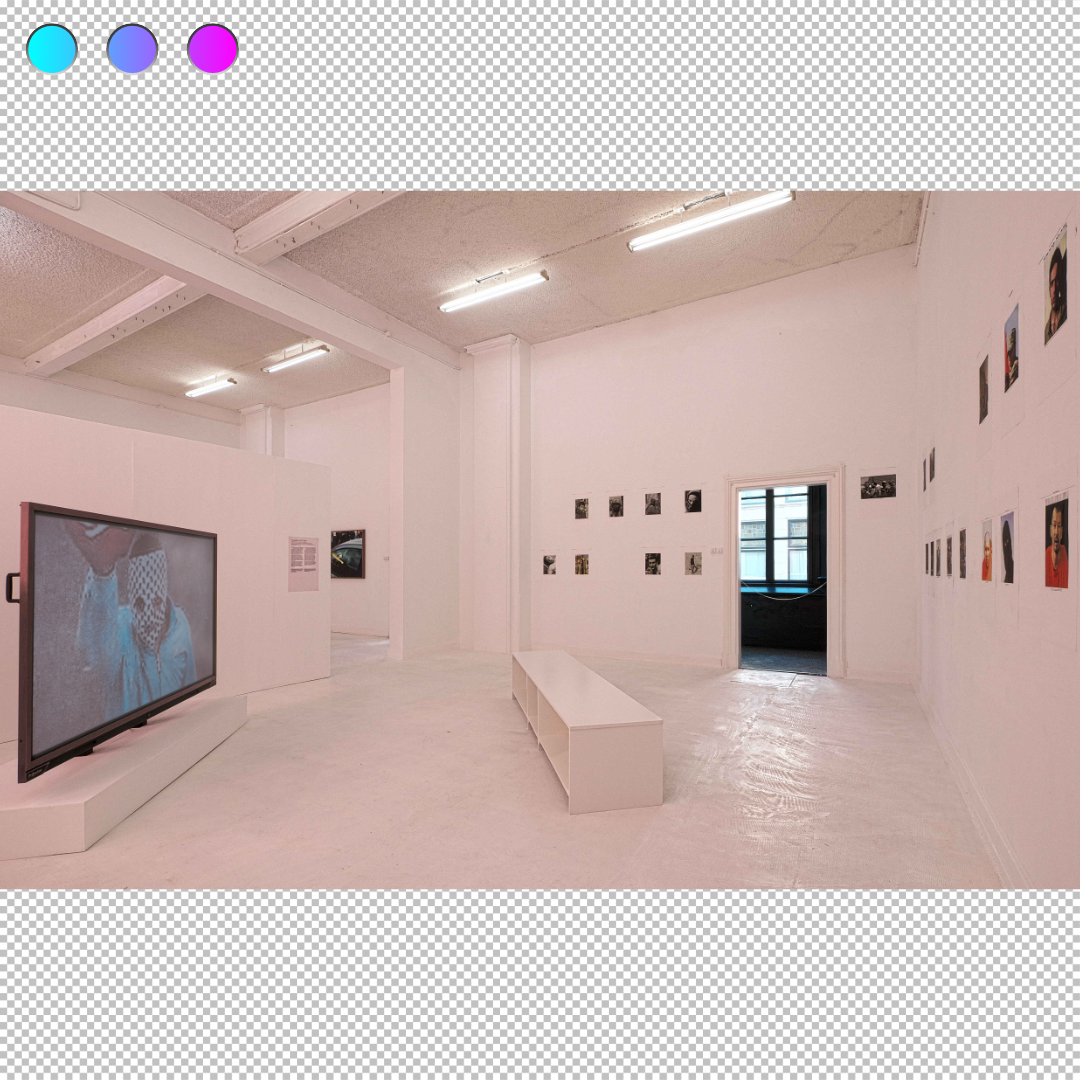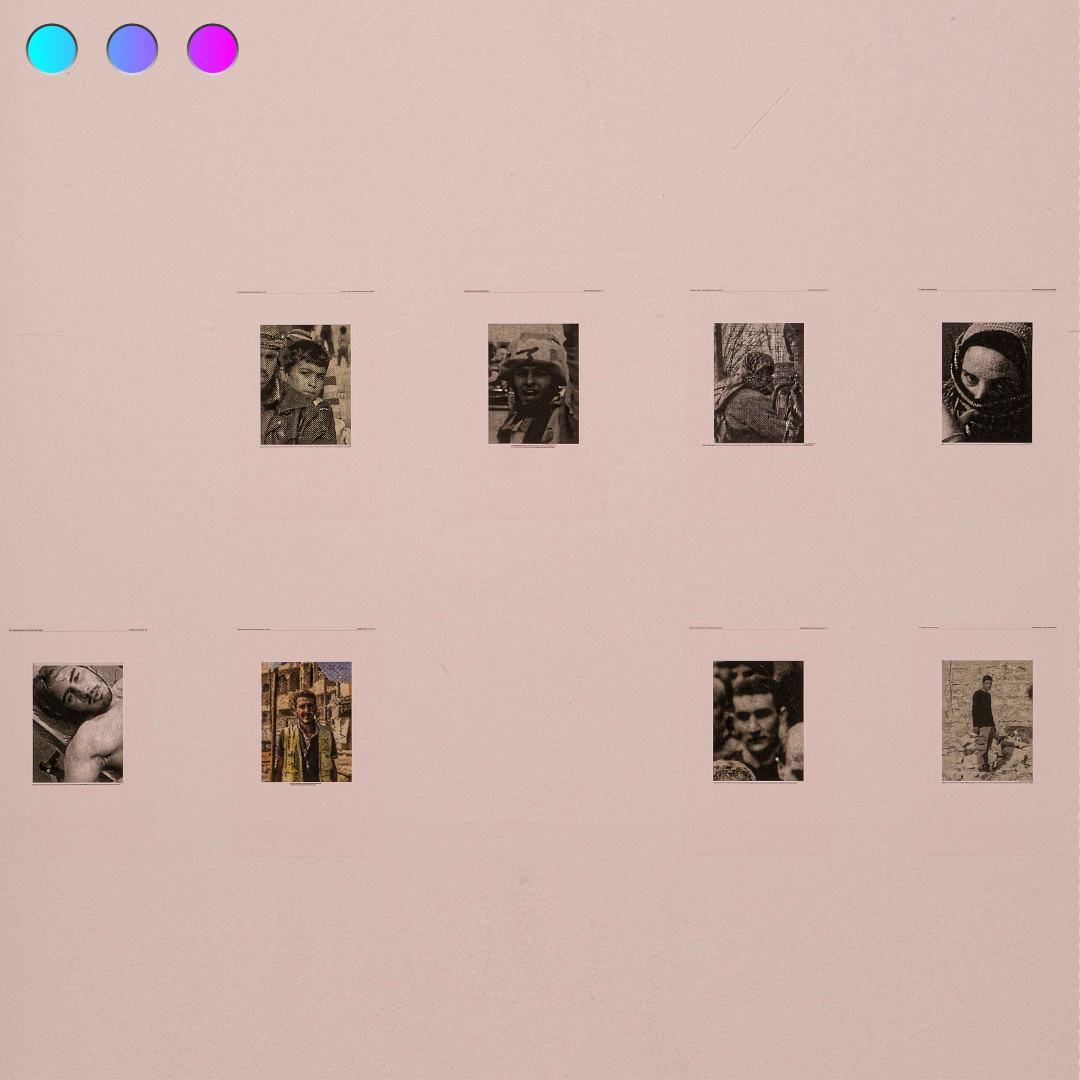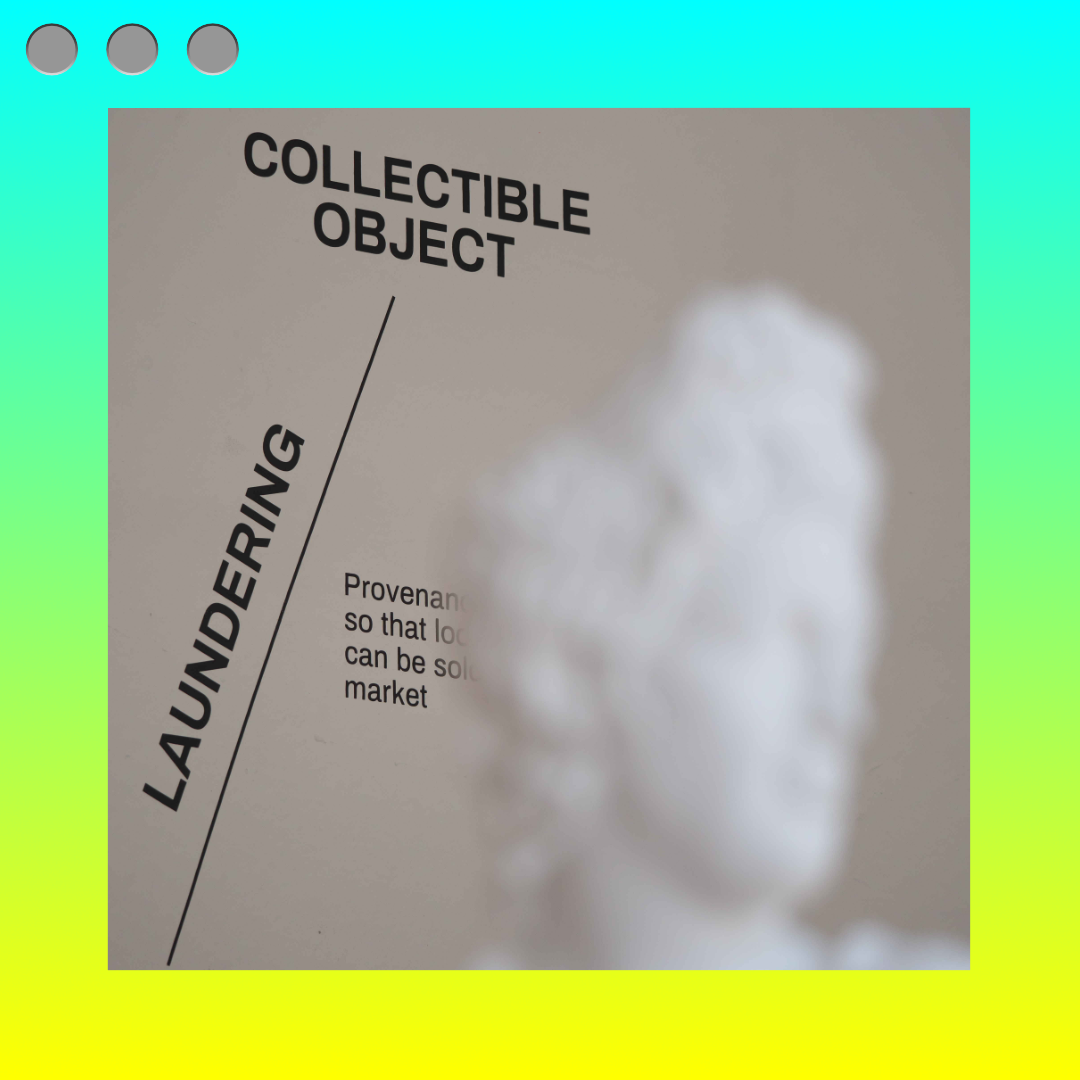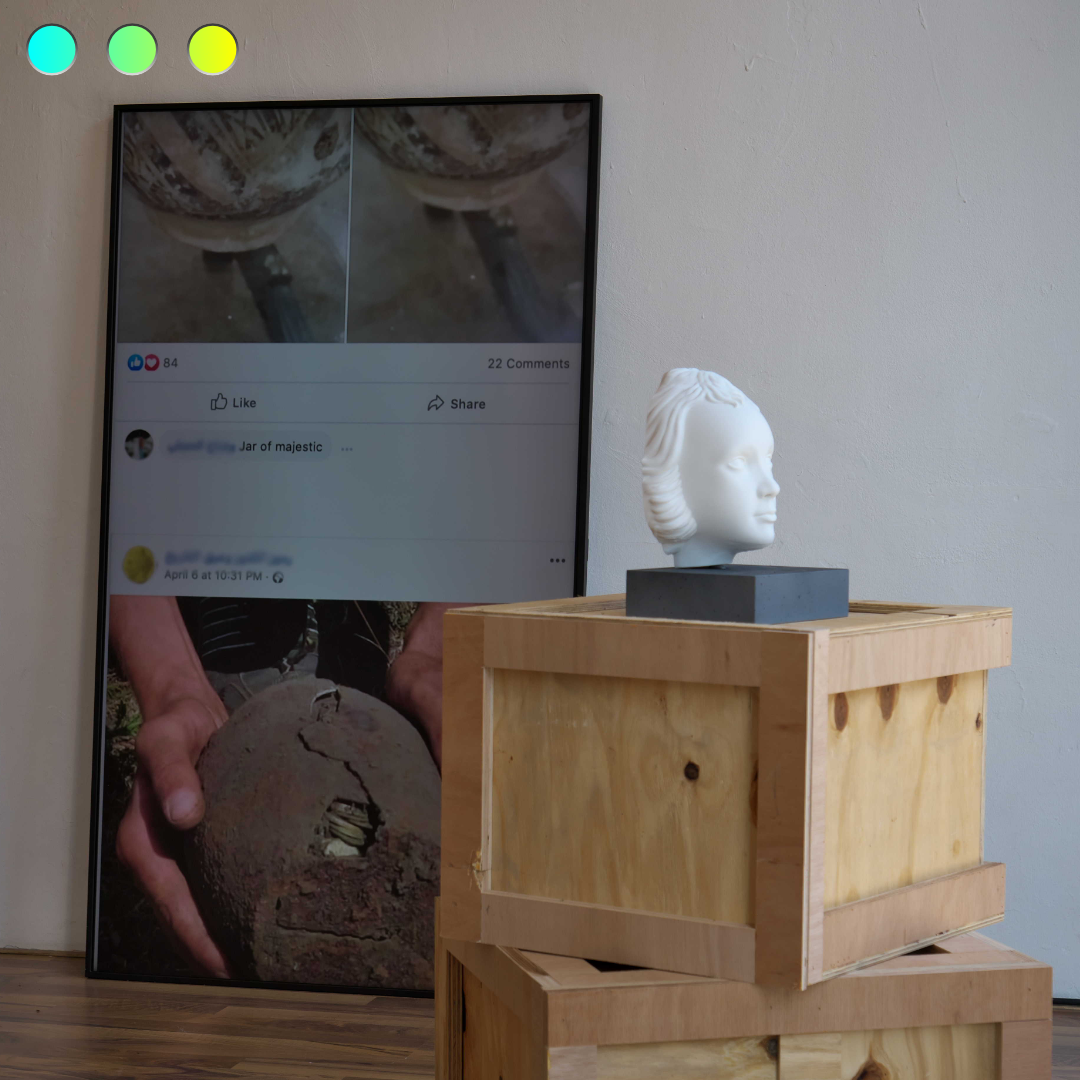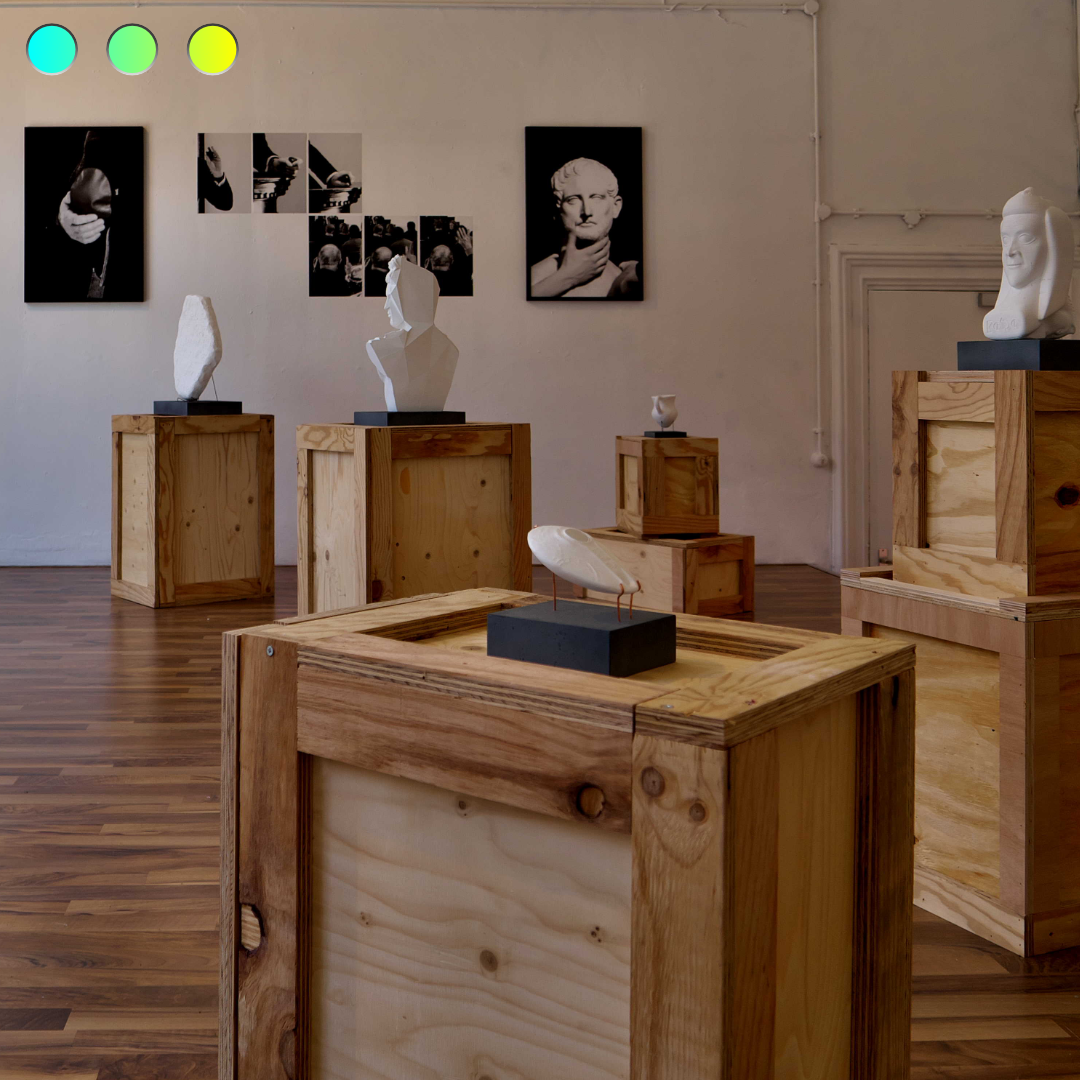Noorderlicht International Photo Festival 2021
August 7 – October 3, 2021
Despite, or perhaps because of the never-ending flow of media we consume every day, the world’s conflicts seem unable to affect us anymore. The question of how we relate to the news media is becoming increasingly relevant: in the era of fake news and post-truth, citizens find themselves questioning the value of information every day. With the digital tools that anyone with an internet connection has at their disposal, it is becoming ever easier to conductyour own investigation and in doing so question the position of the media. In NP3 | RE:Search:Gallery, ‘The Makeable Mind’ asks critical questions about the pictures and stories that we generally take for granted.
Artists: Forensic Architecture / Thomas Kuijpers / Florian Göttke / Walter Costa
FORENSIC ARCHITECTURE
Shipwreck at the Threshold of Europe, Lesvos, Aegean Sea (2015-ongoing)
Investigative journalism
‘Shipwreck at the Threshold of Europe’ is an investigation into the deadliest incident within 2015’s ‘long summer of migration’, when more than a million refugees and migrants tried to reach EU shores by sea. On 28 October 2015, a migrant boat heading from Western Turkey to the Greek island of Lesvos sank in EU territorial water, resulting in the deaths of 43 passengers.
The incident in the Aegean Sea was widely reported in the international media as a competent rescue operation conducted by the EU border agency and Greek coastguard. However, Forensic Architecture’s analysis disputes this and suggests that the EU’s long-term policy of policing and repelling migrants along its maritime borders left those agencies, and local coastguards, underprepared and under-equipped for rescue operations. FA’s findings open up opportunities for civil society groups to demand accountability for the lives lost on the 28th of October 2015.
Purple Sea
One of the survivors, the artist Amel Alzakout, captured the journey and the drama on a waterproof camera. The images offer a unique perspective on this tragic event on the doorstep of Europe and form the basis for the film ‘Purple Sea’, which will also be shown at the festival.
Forensic Architecture conducts international research on behalf of communities affected by human rights abuses, conflicts, border regimes, and police and environmental violence. Their findings are used in international courtrooms.
THOMAS KUIJPERS
Volumes (2021)
multimedia installation
In the past year, life has been dominated by flatness more than ever. Whether through the screens we use for daily meetings or the newspapers we leaf through in search of news; flatness is no longer a choice but the standard in our experience, out of an inability to do things differently. And yet, the willingness to stand side by side in struggle, in grief and in anger is as great as ever. Millions of people have recently stood shoulder to shoulder against police brutality, violations of women’s rights, corruption and environmental disasters.
The experimental multimedia installation ‘Volumes’ consists of new photographic works, videos, sculptures, etchings, archival pieces and objects. Within this installation, Thomas Kuijpers investigates how the landscape of flat media influences our perception of events in the real world. To this end, Kuijpers has scoured recent history for examples that show this gap between an event and its two-dimensional representation. We are not present at most major world events, so the many news reports, images and videos that follow effectively constitute the event for us.
What is lost when an event is made flat? As is typical for Kuijpers, ‘Volumes’ is an installation of tangible experiences that tests and stretches this question. Kuijpers urges us to think about the consequences.
Visual artist Thomas Kuijpers (1985, Netherlands) investigates the role of contemporary media stories in our perception of the real world.
FLORIAN GÖTTKE
video / photography
‘Gazes from Syria: Ten Years of Uprising / Multi-Sided Civil, Sectarian and Proxy War’ (2021) is a series of 52 posters with ‘portraits’ derived from photographs published in the International New York Times over the last ten years, reporting on the war in Syria. The people in the photographs look directly into the camera: protester, opposition fighter, ISIS member, government soldier, civilian and men, women and children seeking refuge from the violence. They look into the camera, sceptical, guarded, tired, hopeful, defeated. Their gazes connect us on a very human level to the street in Syria, reminding us to look and to notice.
‘A Protester in Homs, Syria’ (2014) is an endlessly slow zoom in on the face of one of these protestors. A voice-over narrates the photograph’s three stages of movement: the journey of the image from Homs in Syria to the front page of the newspaper, the relationship that subsequently develops between the reader and the protester, and the power relations that revolve around visibility. At the end of the zoom, the image rests on the face of the protester in the photograph, which eventually becomes illegible and dissolves into the inkblots of the newspaper print.
Both works take a critical look at what photography does in the news media. Although the images come from different sources – citizen journalists, professional photojournalists, media activists, ISIS propaganda videos – they all end up as printed dots on paper. Photography fails: the many vivid, tragic and painful events of reality are reduced to a printed page or a screen for consumption by the Western public.
Florian Göttke (1965, Germany) investigates the relationship of public images to social memory and politics, combining visual research methods with academic research.
WALTER COSTA
Autolycus Collection (2020)
photography / installation
In line with the growing awareness of cultural heritage and appropriation, the looting and offering for sale of archaeological artefacts online is an increasingly common – and listed – crime. Trading in the traces of our ancestors for personal gain contributes to the destruction of material culture and history and makes public access to the artefacts impossible. The research project ‘Autolycus Collection’ focuses on illegally excavated antiquities from the Middle East and North Africa, which are sold through private groups on Facebook.
Walter Costa uses photography to reveal the illegal supply chain, which generates income for armed groups in the region. He displays photographs of objects placed for sale and, through 3D modelling and printing, creates an image database of missing artefacts.
Becoming invisible and hiding the loot has always been every criminal’s ultimate fantasy. But matching Autolycus – ‘the king of thieves’ in Greek mythology – has never been an easy task. With the rise of social media, these criminals are now just a click away from being exposed.
Walter Costa (1987, Italy) combines photography with his interest in social issues and seeks new ways of using photography as an instrument for public debate.

